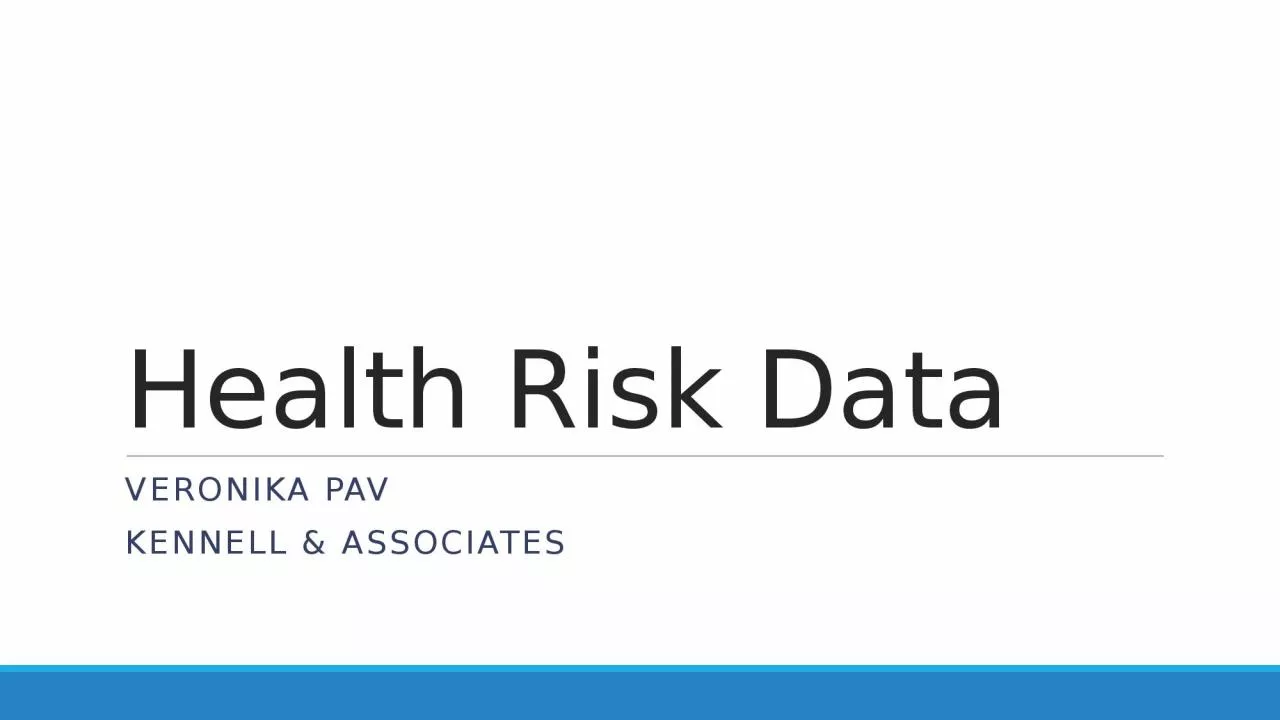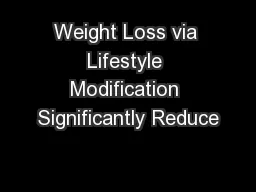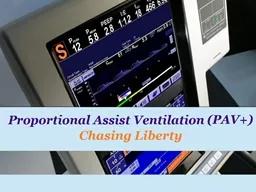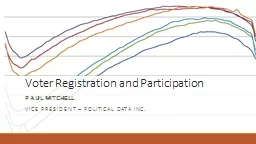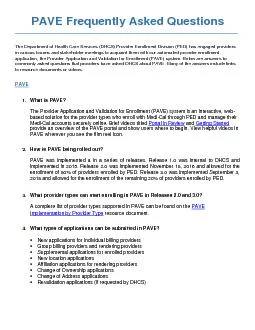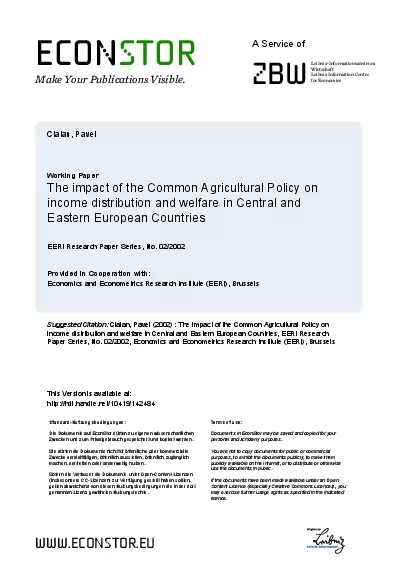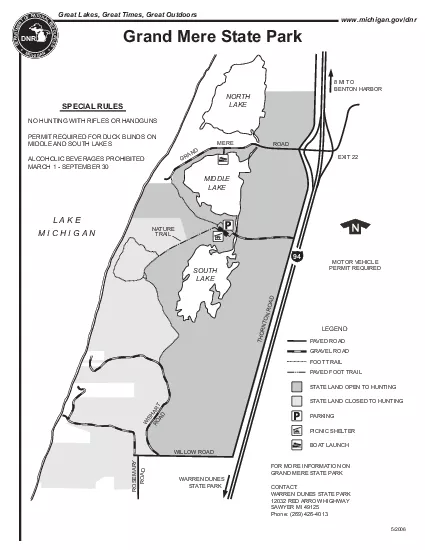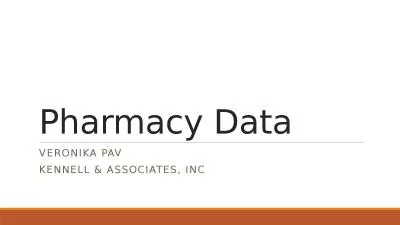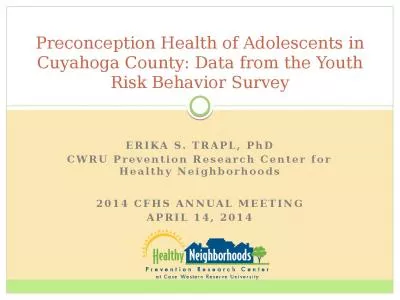PPT-Health Risk Data Veronika Pav
Author : cadie | Published Date : 2023-12-30
Kennell amp Associates Objectives Describe the DHA Risk Adjustment Model Provide an overview of the Clinical Conditions and how they are used in the Risk Adjustment
Presentation Embed Code
Download Presentation
Download Presentation The PPT/PDF document "Health Risk Data Veronika Pav" is the property of its rightful owner. Permission is granted to download and print the materials on this website for personal, non-commercial use only, and to display it on your personal computer provided you do not modify the materials and that you retain all copyright notices contained in the materials. By downloading content from our website, you accept the terms of this agreement.
Health Risk Data Veronika Pav: Transcript
Download Rules Of Document
"Health Risk Data Veronika Pav"The content belongs to its owner. You may download and print it for personal use, without modification, and keep all copyright notices. By downloading, you agree to these terms.
Related Documents

